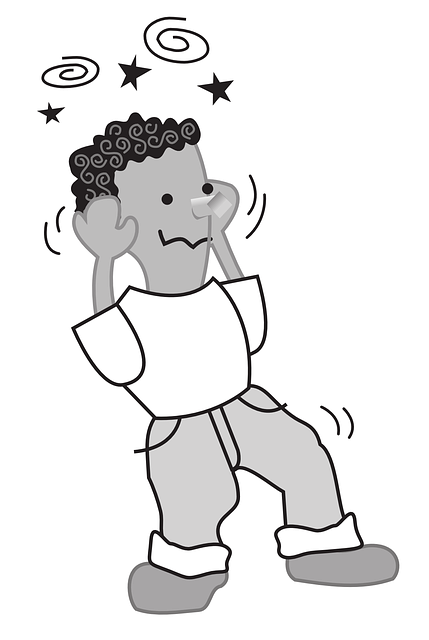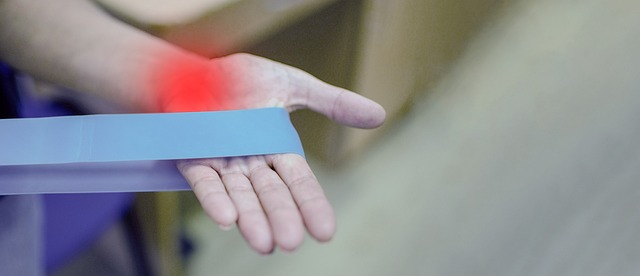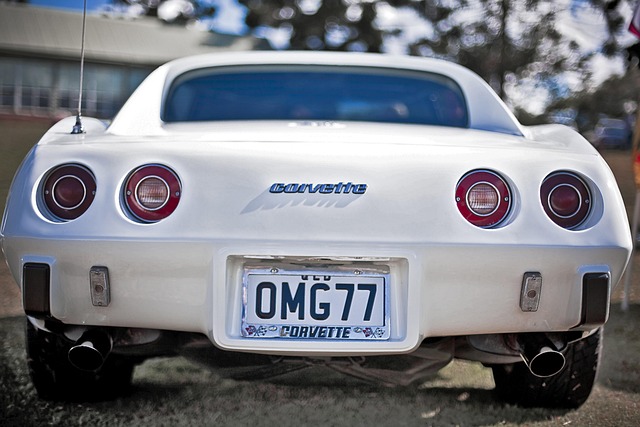Rear-end collisions can cause cervical instability leading to significant health issues like whiplash and severe neck injuries. Chiropractic care plays a vital role in recovery by offering non-invasive treatment options, including adjustments and manual therapy, to alleviate pain, improve mobility, and restore proper cervical spine alignment. This approach ensures effective care for rear-end collision victims, promoting comfortable recovery. Additionally, chiropractors provide personalized treatment plans, regular check-ups, and prevention strategies like avoiding strenuous activities, maintaining good posture, and using supportive cushions to prevent further instability, making chiropractic recovery a holistic and comprehensive solution for these victims.
“Rear-end accidents are surprisingly common, often leading to cervical instability—a condition affecting the neck’s spine. This article delves into the intricacies of managing such injuries, focusing on chiropractic care as a key component in optimal recovery. We explore symptoms, prevention strategies, and why professional guidance is essential for rear-end collision victims. Understanding cervical instability is the first step towards effective management, ensuring victims receive the best possible chiropractic recovery.”
- Understanding Cervical Instability and Rear-End Accidents
- Chiropractic Care for Optimal Recovery After a Rear-End Collision
- Effective Management of Cervical Instability Symptoms and Prevention Strategies
Understanding Cervical Instability and Rear-End Accidents

Cervical instability in rear-end accidents is a serious concern, often leading to significant health implications for victims. When two vehicles collide from behind, the force can cause rapid and unexpected movement of the neck, potentially resulting in whiplash or more severe cervical injuries. This sudden jolt can cause strain or damage to the muscles, ligaments, and joints in the neck, leading to cervical instability.
Chiropractic care plays a crucial role in the recovery process for rear-end collision victims experiencing cervical instability. Chiropractic professionals are trained to assess and treat musculoskeletal disorders, focusing on the manipulation and adjustment of the spine. For those who have suffered neck injuries in such accidents, chiropractic recovery can help alleviate pain, improve mobility, and restore proper alignment of the cervical spine. This non-invasive approach is often a preferred method for managing rear-end collision-related neck injuries, ensuring victims receive the care they need to recover comfortably and effectively.
Chiropractic Care for Optimal Recovery After a Rear-End Collision

Chiropractic care plays a pivotal role in the optimal recovery process for individuals who have been involved in a rear-end collision. The sudden impact and force experienced during such accidents can lead to various spinal misalignments, muscle strains, and nerve irritations. Chiropractors are specialized healthcare professionals trained to diagnose and treat these types of injuries. They employ gentle adjustments and manual therapy techniques to realign the spine, alleviate pressure on the nervous system, and promote overall healing.
In the aftermath of a rear-end crash, seeking chiropractic care can significantly reduce pain, improve mobility, and speed up recovery time. Chiropractors create personalized treatment plans that may include adjustments, soft tissue therapy, and recommendations for lifestyle modifications. Regular chiropractic check-ups post-accident are essential to monitor any changes in the spine’s alignment and ensure a smooth road to recovery for rear-end collision victims.
Effective Management of Cervical Instability Symptoms and Prevention Strategies

Effective management of cervical instability symptoms is crucial for rear-end collision victims. After such an accident, it’s common to experience neck pain, stiffness, and headaches, stemming from damaged soft tissues or misaligned vertebrae. Chiropathic care plays a vital role in these instances, offering gentle adjustments to realign the spine and alleviate pressure on affected nerves. The goal is to promote healing and restore range of motion.
Prevention strategies are equally important to consider. Post-accident, patients should avoid strenuous activities that might aggravate symptoms. Regular chiropractic check-ups can help monitor recovery and identify potential issues early on. Ergonomic adjustments at work or home, such as maintaining proper posture and using supportive cushions/chairs, can also reduce the risk of further cervical instability.
In light of the above discussions, it’s clear that chiropractic care plays a pivotal role in the optimal recovery of rear-end collision victims experiencing cervical instability. By understanding the unique challenges posed by these accidents and implementing effective management strategies, individuals can navigate their path to healing. Chiropractic recovery for rear-end collision victims focuses on addressing symptoms, improving mobility, and fostering overall well-being. Through a combination of specialized treatments and preventive measures, those affected can regain control of their lives and prevent future complications.














